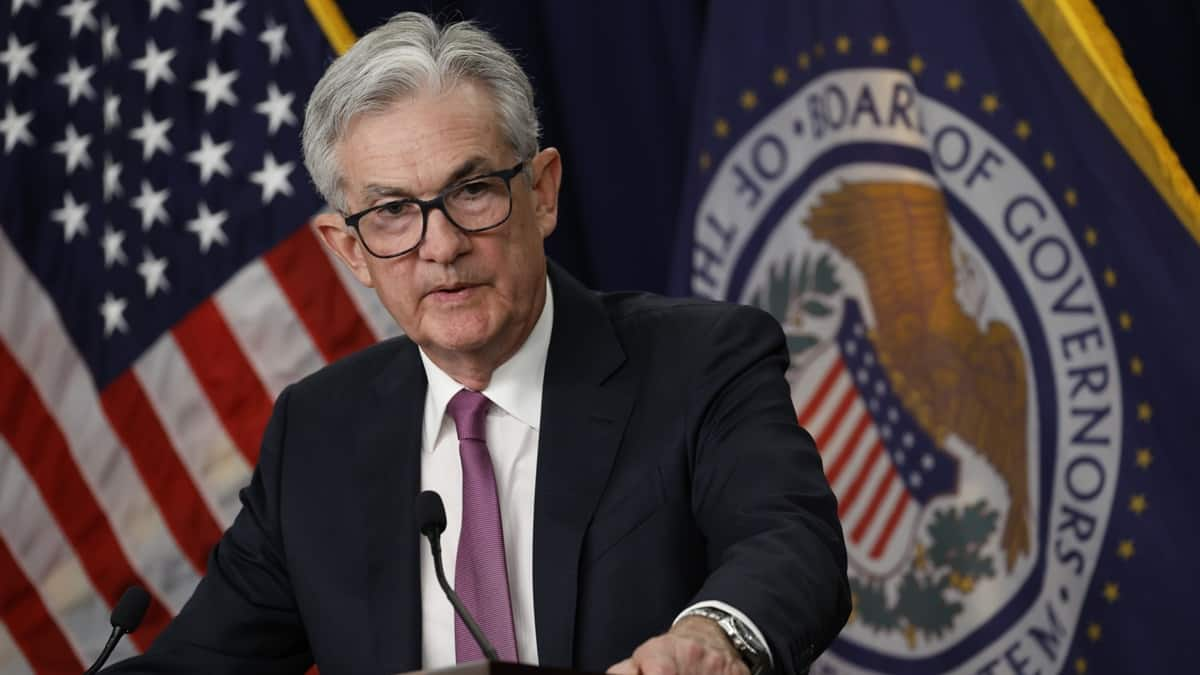RBI intervening in forex market to cushion Rupee fall; spends $82.8 bn from forex reserves in 9 months
By Ritika Chhabra
The Fed raised the interest rates by another 75bps yesterday, as expected. This is the third back to back 75bps rate hike this year by the US central bank. With the latest hike, the Fed fund rate (FFR) now stands in the range of 3.0%-3.25% and is highest since January 2008. The FOMC revised the median FFR at the end of 2022 up by 100bps to 4.4% from 3.4% in June, indicating a cumulative rate hike between 125bps over the next 2 FOMC meetings this year. For 2023, the median FFR is revised up 4.6% vs. 3.8% in June, suggesting no rate cuts in 2023 and maintaining the terminal rate of 4.6% till 2024.
These projections are much more aggressive than what investors had been pricing earlier. The dot plot projections are suggesting that the Fed will ‘keep at it’ till it can see inflation coming down under its target range. The Fed also made it clear that it is ready to sacrifice growth and is increasingly of the view that the demand and labor market need to cool off to get the runway inflation under control. The Fed chairman, Jerome Powell repeatedly used the words ‘restrictive interest rates for a longer period’ to emphasize that the central bank’s main goal is to tame inflation that is running hot at 4-decade high levels.
What does it mean for the Indian economy?
A more aggressive tone by the Fed doesn’t spell good news for emerging market currencies including INR. Post yesterday’s FOMC meeting, the DXY index zoomed to 111.78, highest in 20 years. The INR once again crossed the psychological value of 80 against dollar, touching a new all-time low of 80.68. The RBI has been continuously intervening in the forex market to cushion the fall in rupee value. This intervention is depleting India’s foreign currency reserves at an accelerated pace. The RBI has already spent $82.8 billion from its forex reserves in 2022 so far, with the reserves currently standing at $550.8 billion as on 9th September 2022 against $642.4 billion last year. The reserves are now equivalent to covering about nine months of import compared to 16 months a year ago.
With the reserves depleting in the past, the RBI will now be more prudent in the extent of its intervening to support the rupee. Going forward, the RBI might let the rupee weaken due to widening trade balance, elevated global commodity prices and stretched valuations of INR compared to other Asian currencies. In addition, higher interest rates in major economies globally will put a pressure on the RBI to go for a higher rate hike and stay at higher rates for a longer period, which might slow down the domestic economic growth. As Powell said in his press meet – “There is no painless way to tame inflation”. It might just be the start of the pain.
Also Read: Fed chair Powell signals recession may be price to pay for crushing inflation
(Ritika Chhabra is an Economist and Quant Analyst at Prabhudas Lilladher. The views expressed are the author’s own and do not reflect the official position or policy of FinancialExpress.com.)
